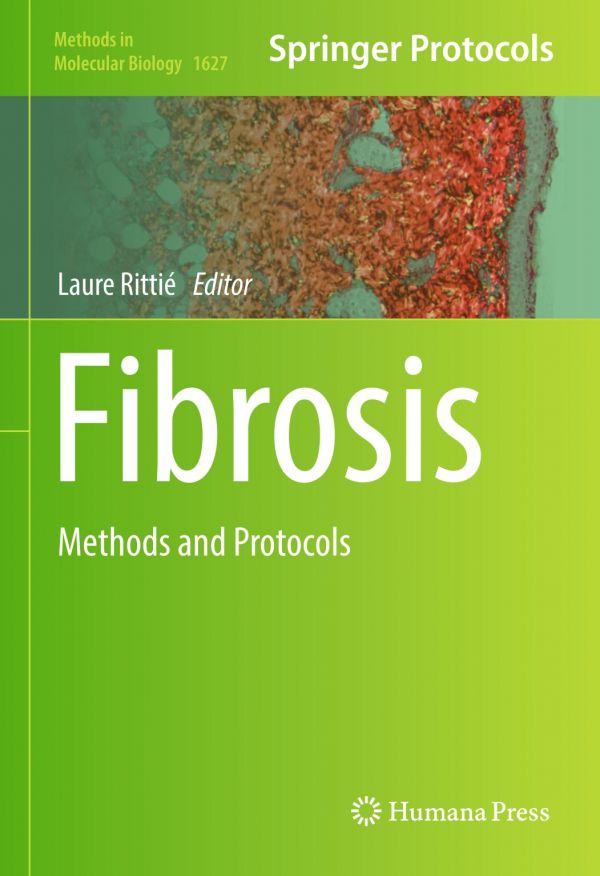Product desciption
Fibrosis Methods And Protocols Rittie Laure by Rittie, Laure 9781493971121, 9781493971138, 1493971123, 1493971131 instant download after payment.
This volume describes state-of-the-art protocols that serve as “recipes” for scientists concentrating on fibrosis research. This book is divided into four sections. Part I focuses on animal models of fibrosis and covers topics such as mimicking fibrosis in the lungs, skin, liver and heart, and generating transgenic mouse models. Part II discusses cell culture systems, where the chapters explore cell types important for the development of fibrosis. Part III looks at the purification, quantification, and analysis of the ECM proteins, and Part IV describes computer-assisted methods such as quantifying fibrillar collagen alignment and exploring the nano-surface of collagen with atomic force microscopy (AFM). Written in the highly successful Methods in Molecular Biology series format, chapters include introductions to their respective topics, lists of the necessary materials and reagents, step-by-step, readily reproducible laboratory protocols, and tips on troubleshooting and avoiding known pitfalls. Cutting-edge and practical, Fibrosis: Methods and Protocols is a valuable resource aimed at outstanding quality and repeatability of research experiments in the fibrosis field.
Abstract: This volume describes state-of-the-art protocols that serve as “recipes” for scientists concentrating on fibrosis research. This book is divided into four sections. Part I focuses on animal models of fibrosis and covers topics such as mimicking fibrosis in the lungs, skin, liver and heart, and generating transgenic mouse models. Part II discusses cell culture systems, where the chapters explore cell types important for the development of fibrosis. Part III looks at the purification, quantification, and analysis of the ECM proteins, and Part IV describes computer-assisted methods such as quantifying fibrillar collagen alignment and exploring the nano-surface of collagen with atomic force microscopy (AFM). Written in the highly successful Methods in Molecular Biology series format, chapters include introductions to their respective topics, lists of the necessary materials and reagents, step-by-step, readily reproducible laboratory protocols, and tips on troubleshooting and avoiding known pitfalls. Cutting-edge and practical, Fibrosis: Methods and Protocols is a valuable resource aimed at outstanding quality and repeatability of research experiments in the fibrosis field


